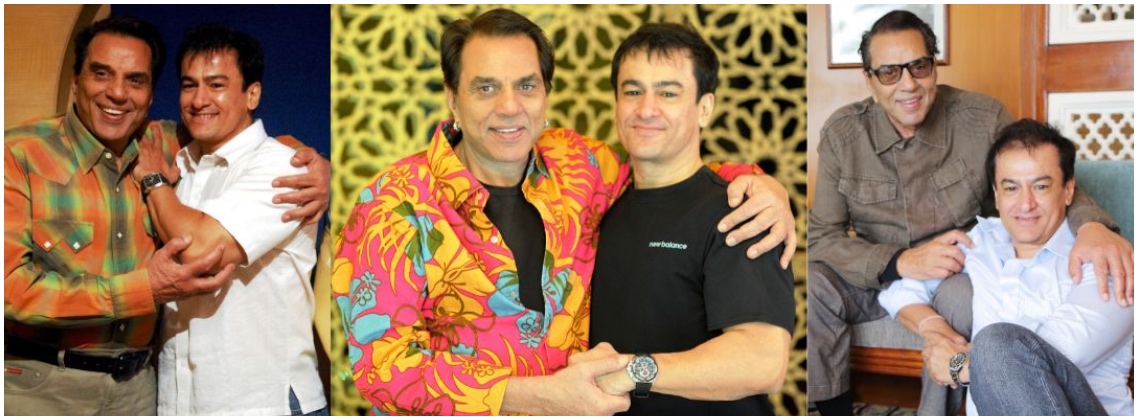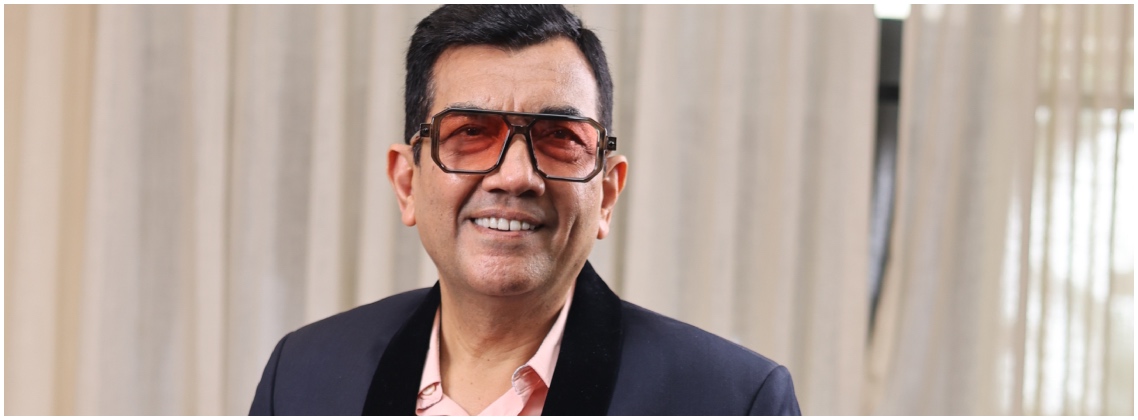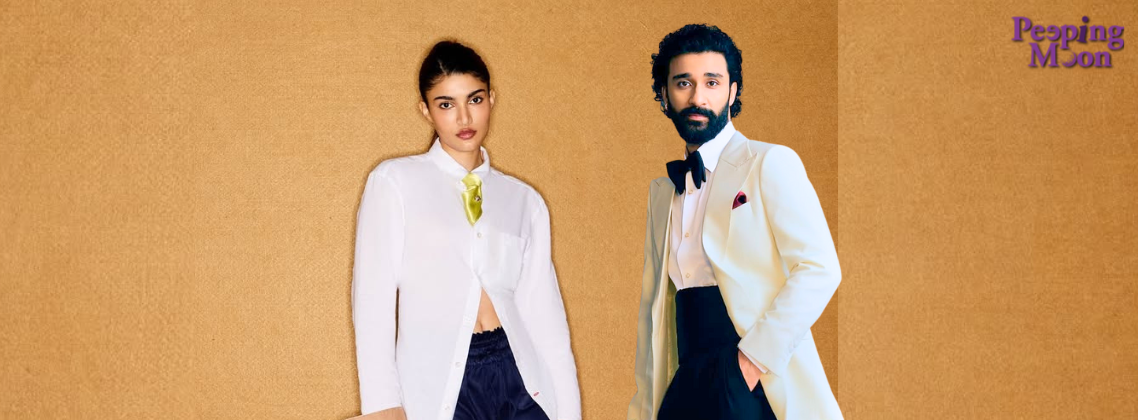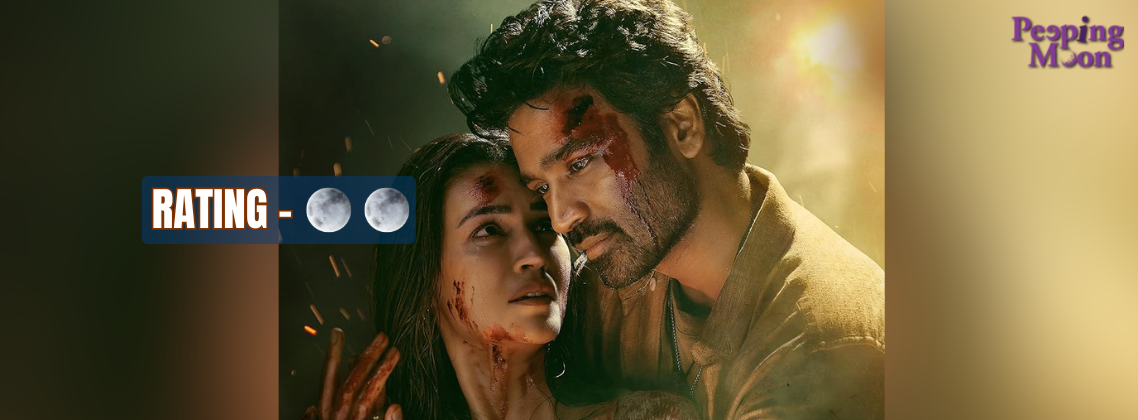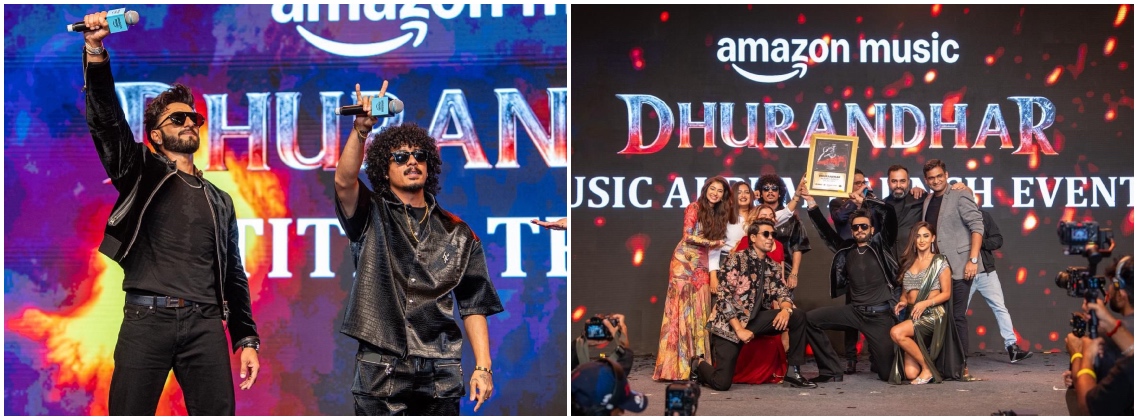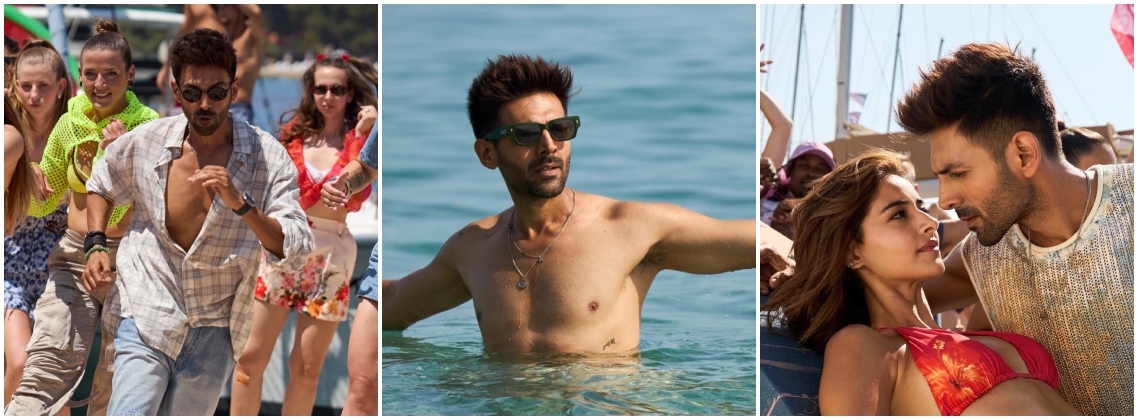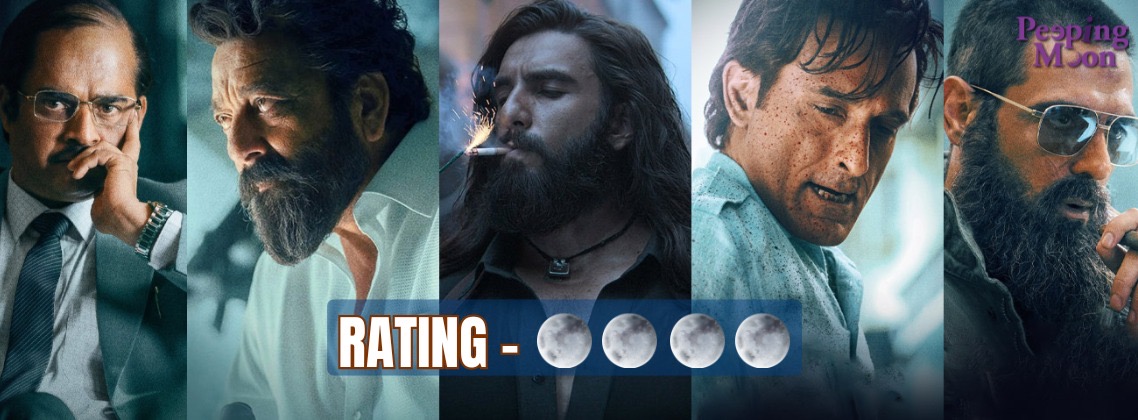Rahat Mahajan, in one of the first prominent names from a very non-descriptive town like Pathankot to be a part of the entertainment industry and make it to the doors of Hollywood and receive international acclaim.
The filmmaker, who studied in The Lawrence School, Sanawar, went on to do his M.F.A. from the Art Center College Of Design in Los Angeles. After working in Bollywood and Hollywood for several years, he is now all set to make his feature directorial debut with Meghdoot (The Cloud Messenger). Rahat, who has given almost 12 years of his career to the film, is now all set to present it at the prestigious International Film Festival Rotterdam and the only Indian film competing in Main Competition for the prestigious Tiger award.
In a candid conversation with PeepingMoon's Entertainment Correspondent Rashita Sahni, Rahat opened up about his journey of Meghdoot, working in the international industry after being a part of Bollywood for almost a decade and giving his all to his directorial debut.
Excerpts from the interview:
How did the journey of Meghdoot start?
I stay between India and Los Angeles since 2012 as I did my masters in Art Center College of Design in Los Angeles after working in Bombay for several years.
I started working on Meghdoot in 2010 while I was working with Vishal Bhardwaj right after we had finished Kaminey. I was about to start work on his next project and that's the time I started writing it and stepped out of Bollywood for a bit. In the process of writing it, I decided I wanted to go to school and develop it with a mentor (JP Guenes) and in a film school setting. Thus I ended up moving to Los Angles for my M.F.A in filmmaking.
After working in Bombay, I had felt that many filmmakers here were trying to make cinema which was trying to imitate Hollywood, European, Korean, Chinese or Japanese cinema and I quickly realised that it's not the reason for me to be practicing this craft as I wanted it to be medium of exploration and not imitation.
Though there are some great filmmakers here earnestly experimenting with the medium, there's a sense of Indian cinema that I wanted to discover for myself. I personally was very interested in the form of cinema and I wanted to explore the Indian system of storytelling but also make it very approachable to the world.
I have very consciously made Meghdoot for an international market but I consider it a deeply rooted Indian film.
How has your journey been while being associated with so many International film festivals?
My attitude towards film festivals has been very different because I have made more than 50 small projects since I started making films in 2005. The first film which I had just made in 2 days had won the first prize at the IDPA film festival in Bombay in 2006. It was only after that I decided to not be stuck with the idea of just showcasing everything that one is doing in film festivals, and to just practice the craft like a potter, an engineer, or a scientist in a lab would. Most of the submissions that have happened to film festivals have happened through the artists that I have worked with so I have never really submitted anything. The only film that I did submit was the film Istifa which I made in 2014 and that was not a festival, but the Academy of motion pictures. It’s quite prestigious as it's the same Academy that gives the Oscars. It was an incredible feeling because there were only 6 films selected from the entire United States as National Finalists. Istifa was made in 10 days, so its was just a small sketch - I have worked on Meghdoot for many years and I consider it a complete film.
You have 12 years to Meghdoot, was there a point where you felt like giving up?
I am having that point while I am talking to you. Especially while making the film, the number of challenges that have come by are unbelievable. Every day on set, I used to think I will have a heart attack or something because I did so many roles by myself - directing it, producing it, shooting it and the production design etc. There were of course many incredible crew members like Nalin Agarwal who is the Co-Producer and a very close friend, Manhar Shaheed, Elias Kazmi, Mohit Sebastian, Punam Sawhney, Anil Pingua, Ankur Chaudhary, Dhananjai Singh, Aman Sharma and many others who made this film possible to shoot in the most difficult circumstances.
I tried making it 2 times earlier (2011 - 2015) and it was the third time when it was shot in 2019-2020 that we pulled it off. The first two times that I did not manage making it, it was quite difficult to regain the momentum and it’s my family and friends and most importantly my mentor from Art Center, JP Guenes that encouraged me to keep going and kept it alive.
Even towards the end of the shoot, it became very difficult as COVID began and we still had some pickups and the entire post. So from 2020 beginning, I had to do everything alone and in that time I also got married to my wife Gloria, and our baby Vanni Sat was also born while I was editing the film. So the film will always hold a very special place in our lives.
We also lost all monetary support for the film 2 years ago with the onset of the pandemic, so for the past two years only my parents have been supporting me and helped me hold this together.
My cousin brother Nikhel Mahajan who is the Music Director of the film worked on it for free for more than years, and it's due to the generosity of people like him that I’ve managed to finish the film. Even the Sound Designer on the film Kunal Sharma who is one of the most respected sound designers in the country, has not charged a single rupee for all these months and for all his time and exceptional work.
I really respect the International Film Festival Rotterdam because it is equally big as other festivals like Berlin, Locarno, Venice and Cannes but it’s not a red carpet affair and very grounded in representing new cinema and voices. So being invited in the Tiger competition has given me hope for the film.
What was the casting process like? Even you play a part of Ancient Jaivardhana!
Casting directors Karan Mally and Nandini Shrikent were truly exceptional. They casted the main cast and I worked with the exceptional Kuttiyatam Artist - Kapila Venu (also the Director of traditional performances on the film) to identify the Traditional performers.
Even for the character of Ancient Jaivardhana that I have played, Nandini and Karan had cast someone but when I saw the look test on the big screen and wasn’t very impressed because the wig looked unreal and the body language was very stiff. Thus I had to come in very last minute and though I did not want to do it, it's what came to me without a choice.
The main actors are of course Ritvik Tyagi, Ahalya Shetty and Raj Zutshi. All of them were truly exceptional and I’m so grateful to Nandini and Karan for identifying them and giving life to the characters in the film.
What major difference do you find between Hollywood and Bollywood?
Hollywood is exceptionally professional and though it's the same in terms of what goes into making the film, the efficiency in Hollywood is beyond measure. I do respect and appreciate the work here in Bollywood too as the crew is quite warm and most people go out of their to help on the set, but the feeling of working in the US is very different as each crew member knows there roles well.
Here the director ends up getting into everything including production, and the lesson for my next film is that I only wish to concentrate on Direction so the energy is completely focused and not so dispersed.



